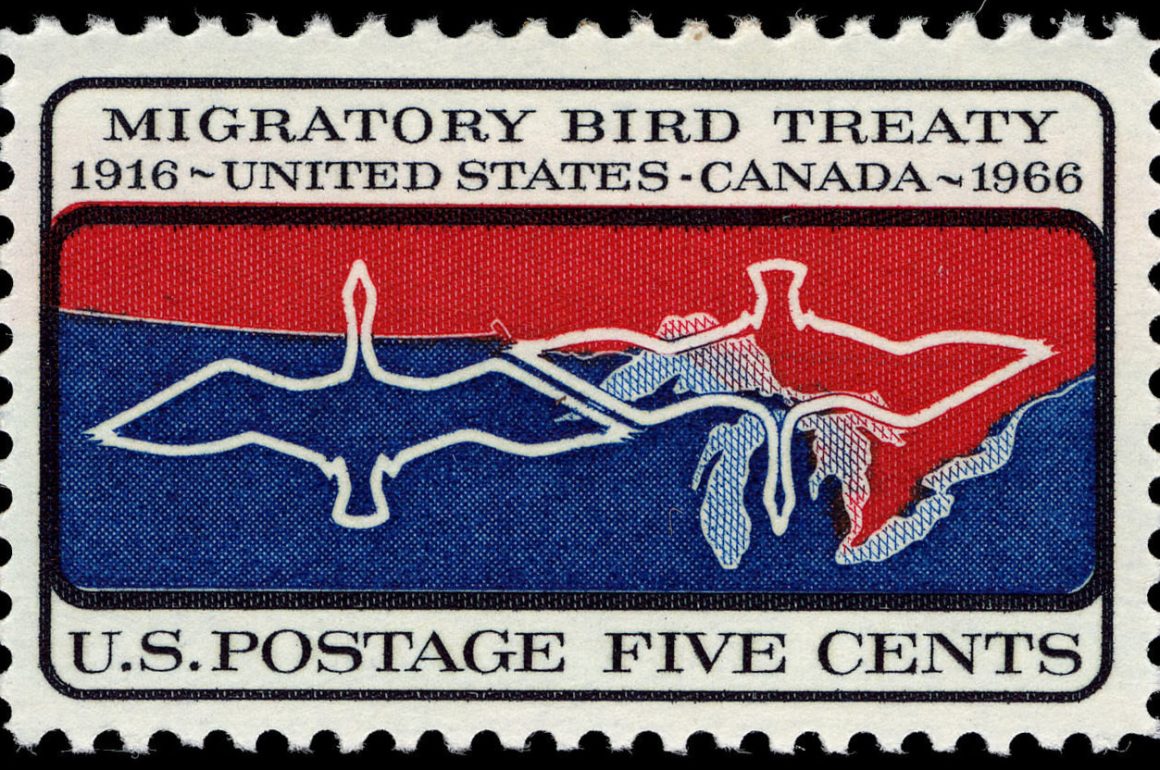
The U.S. Fish and Wildlife Service (FWS) is in the midst of overhauling its interpretation of the Migratory Bird Treaty Act (MBTA) and it recently issued a draft environmental impact statement (EIS) on its proposed interpretation. The public can comment until July 20, 2020.
The changes revolve around an issue known as “incidental take,” which are actions that harm or kill birds incidental to another lawful activity. For example, a wind turbine is intended to generate power, but in doing so it will likely harm birds, albeit unintentionally. (Incidental take is discussed in § 3.7 of the EIS.)
Although there has been a split in the courts, “incidental take” has generally been considered within the scope of the MBTA, so harming or killing migratory birds has been illegal regardless of intent. This is known as “strict liability.”
Traditionally, FWS would not prosecute companies that consulted with FWS and implemented best practices (§ 3.10.1 of the EIS) to avoid harming birds. Rather, FWS would work with entities to establish a conservation plan that included monitoring, mitigation, and an adaptive management process. From 2010-2018, FWS opened about 60 enforcement actions per year, mostly relating to the electric distribution and transmission (30 actions/year) and oil and gas (15 actions/year) industries. During that time period approximately $105 million in fines and penalties were collected, mostly from the BP Deepwater Horizon oil spill. The Obama Administration adopted this interpretation in a memo.
After the inauguration, the Trump Administration concluded the opposite, issuing a similar memo finding that the MBTA’s prohibitions on harming birds only apply to actions intended to harm birds. However, a memo does not have the force of law, so FWS proposed a regulation to implement its interpretation of the MBTA. As part of that rule-making process, FWS obtained an EIS.
An EIS generally considers the positive and negative impacts of several alternatives and it is a conventional part of the administrative process. The EIS considered three alternatives (§ 2):
- No Action;
- Alternative A: Promulgate Regulations to Exclude Incidental Take;
- Alternative B: Promulgate Regulations to Include Incidental Take.
Under the National Environmental Policy Act (“NEPA”), a “no action alternative” is required, but it appears an unlikely option. Thus, the two primary alternatives are “A,” to exclude incidental take (“Trump Alternative”), or “B,” to include incidental take (“Pre-Trump Alternative”).
FWS categorically rejected all other alternatives (§ 2.4), including developing a general-permit framework to regulate incidental take, so those were not even considered part of the EIS. Developing such a framework would likely increase legal certainty and have a beneficial impact on birds and other wildlife, but it was rejected out of hand and not analyzed.
The EIS considered a number of factors for each alternative, including impacts on: (1) legal certainty, (2) implementation of best practices and industry standards, (3) migratory birds, (4) other biological resources, (5) cultural resources, (6) ecosystems services, and (7) economic impacts. (§ 3.4.) However, the EIS did not attempt to actually quantify any these factors. Thus, all of the “analysis” is qualitative rather than quantitative.
The EIS also categorically excluded the impact on other environmental resources such as air quality, water, geology and soils, and floodplains because FWS determined that analysis of those impacts “would not be meaningful.” (§ 3.3.) Thus, the EIS excludes potential impacts on, among other things, air and water.
As to the Trump Alternative, the EIS states (§ 4.2.2) that it:
- would increase legal certainty by excluding many activities from the scope of the MBTA;
- would decrease the implementation of best practices and industry standards because entities would have no MBTA liability for incidental take (e.g., “reduced incentives for netting oil pits in states that do not require them is likely to result in more birds dying in uncovered pits.”);
- would have a “likely negative” impact on migratory birds because fewer entities would implement best practices, “resulting in increased bird mortality” (e.g., “[i]n summary, [the Trump Alternative] would likely cause negative impacts to vegetation and wildlife.”);
- would have a “likely negative” impact on other biological resources because “many best practices provide benefits to taxa other than birds,” and those practices would decrease;
- would have a “likely negative” on “species that are culturally important to native peoples;”
- would likely cause a “reduction in ecosystem services provided by birds due to potential increase in take from reduced implementation of best practices;”
- would likely reduce “legal and financing costs with improved legal certainty of regulation” and decrease the “costs of implementing best practices.”
Thus, the Trump Alternative would reduce “legal uncertainty” and costs of “implementing best practices,” but it would have a negative impact on migratory birds, other biological resources, cultural resources, and ecosystem services. In a nutshell, it would reduce costs while harming birds and the environment.
The “Pre-Trump Alternative” is essentially the inverse of the Trump Alternative, with a “likely positive” impact on migratory birds, other biological resources, cultural resources, and ecosystem services (§ 4.2.3). For example: “interpreting the MBTA as prohibiting incidental take of migratory birds would likely increase the application of best practices to reduce impacts on birds across most industries.”
As to “cumulative impacts” (§ 4.4), the EIS concludes:
Regardless of what alternative is selected, existing trends of habitat loss and the proliferation of anthropogenic hazards on the landscape are expected to continue and will adversely affect most migratory birds and the ecosystems that support them, in some cases contributing to population declines. The No Action Alternative and [Trump Alternative] have the potential to increase the rate and severity at which anthropogenic effects negatively affect migratory birds. [The Pre-Trump Alternative] encourages or requires the use of best practices and thus could decrease the rate and severity at which anthropogenic effects negatively impact migratory birds.
Table S1 of the EIS summarizes the effects of all the various alternatives.
The primary purported benefit of the Trump Alternative is reducing “legal uncertainty,” which broadly refers to a perceived problem that entities do not know for certain whether activities would run afoul of the MBTA. Would an owner of a wind turbine be required to do anything to prevent bird fatalities? Would failing to take steps to prevent such fatalities subject the entity to an enforcement action under the MBTA?
Of course, as it has historically been enforced, entities could work with FWS to implement industry best practices and be confident that no enforcement action would be taken. But the proposed rule only appears concerned about entities that take no or minimal actions to prevent bird deaths.
The Trump Alternative is the FWS “preferred alternative” (§ 2.1) because “it best fulfills the purpose and need for action by reducing both the regulatory burden on the public and the enforcement burden on the Service’s law enforcement officers, and provides the public with a clear, binding rule on what does and does not constitute an MBTA misdemeanor violation.” In other words, only an alternative that reduces costs and provides a “clear, binding” rule would meet the “purpose” of the rule-making, which effectively excludes all other alternatives.
According to FWS’s own analysis, its proposed regulations would harm birds and the broader environment. Anyone can comment on the proposal using a simple online form.
* * *
The Trump Administration interpretation of the MBTA is already the subject of multiple lawsuits, one by non-profit groups such as National Audubon Society and the American Bird Conservancy, and another by a group of eight states (New York, California, Illinois, Maryland, Massachusetts, New Jersey, New Mexico, and Oregon).

UPDATE (10/7/21): The Biden Administration reversed the Trump Administration rule, so the Trump Administration effort to change the rules governing incidental take has failed.
* * *
The image at the top (via Wikipedia) is a U.S. stamp issued in 1966 to celebrate the 50th anniversary of the MBTA.






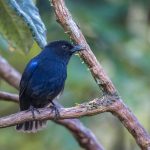
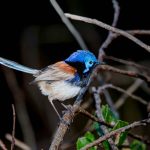
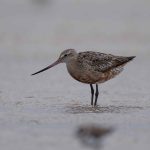
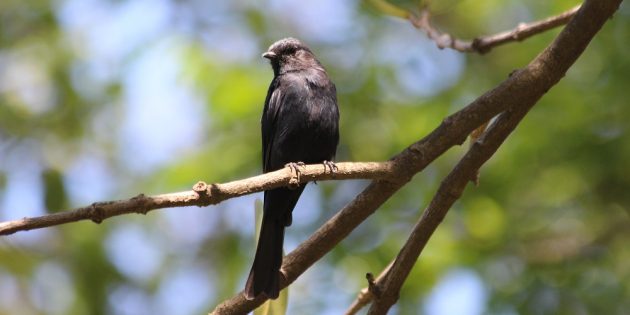

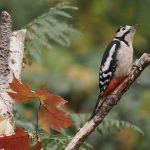
Birds are a wonderful and critical component of our ecosystem. We should do everything we can to protect them.
Do not change the Migratory Bird act to allow for killing of our precious bird population. Polluters, developers, destruction of wetlands and other such acts degrade our environment which affects all plant and animal life. The migratory bird act was intended to protect our birds, and should remain so.